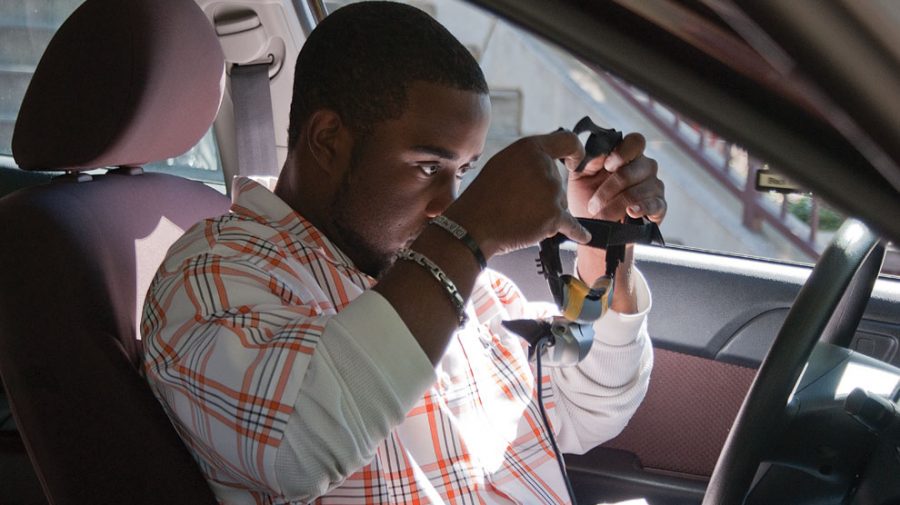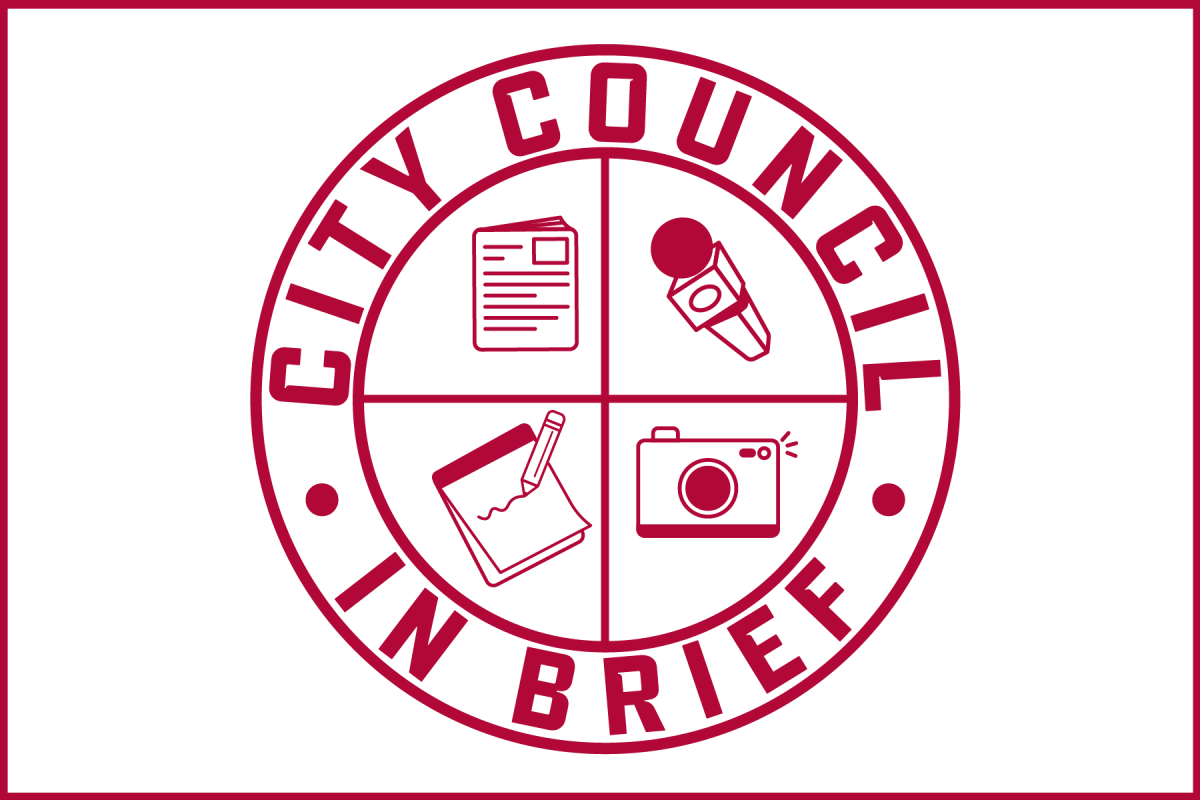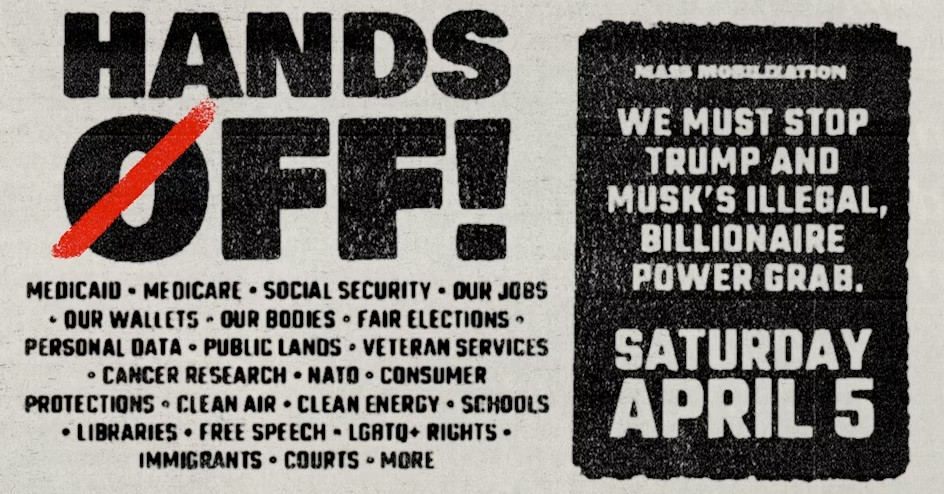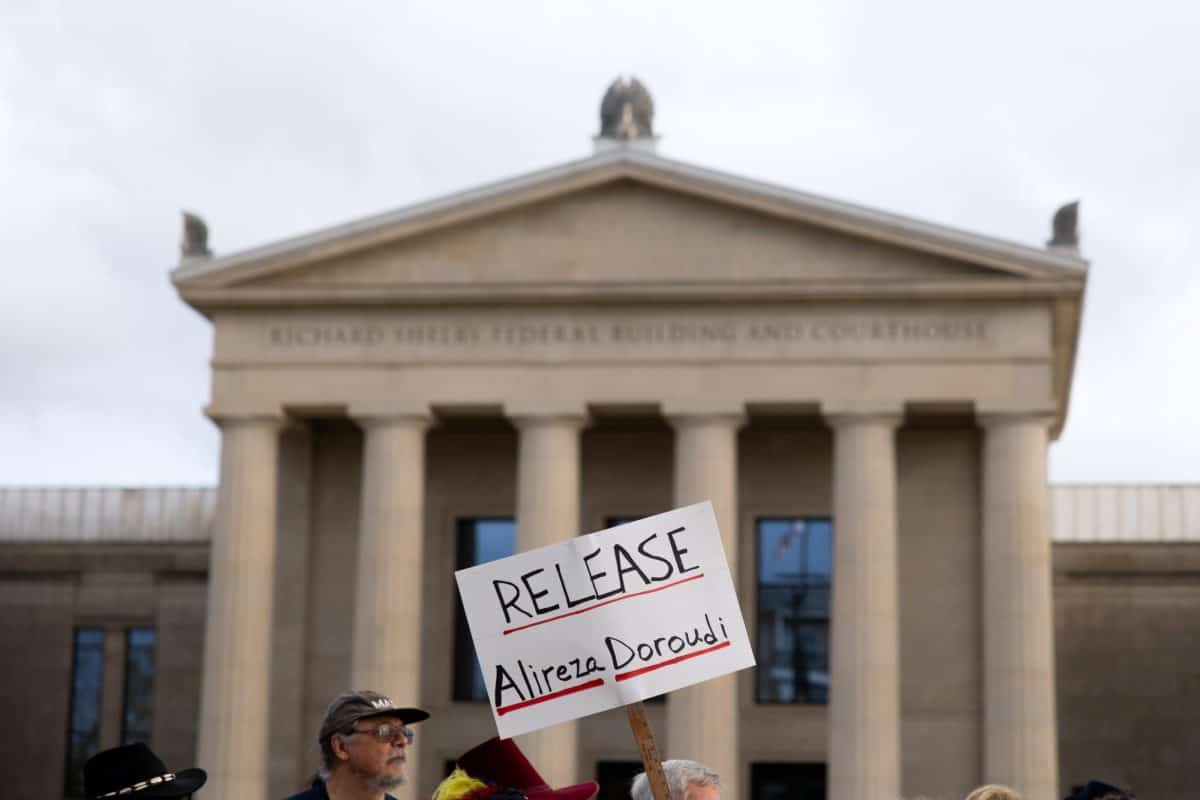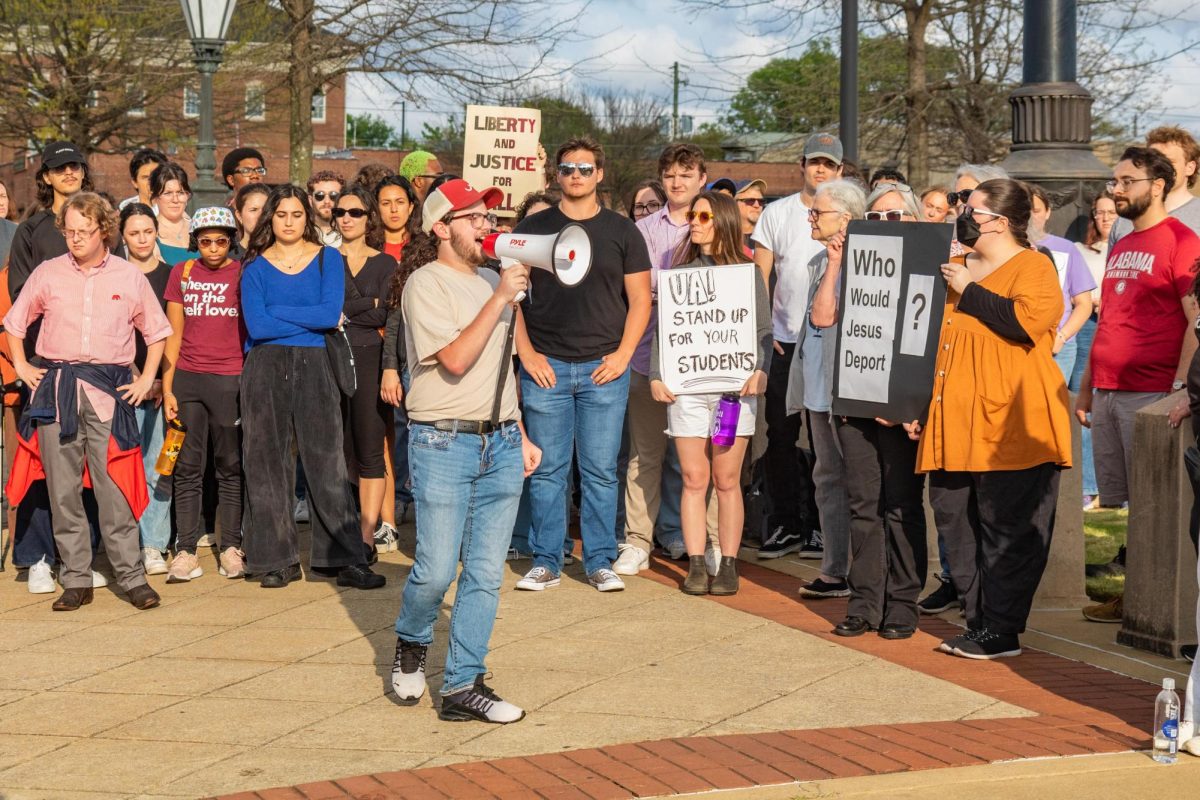The Student Government Association and UA Transportation Services sponsored a distracted driving simulation in the Ferguson Center Plaza Monday.
According to SGA Vice President for Student Affairs Stephen Swinson, more than 100 students participated in the Professionals Encouraging Educational Reform Statewide (P.E.E.R.S.) Texting and Driving Awareness Simulation.
Students who participated were given the opportunity to get in a real car that was connected to a computer for simulation.
The simulator involved putting on a pair of goggles that allowed students to visually experience one of 47 different scenarios including big city roads, roads in mountains and roads similar to those in Tuscaloosa.
The simulation took 1 to 3 minutes, depending on how long a student lasted before receiving a ticket or wrecking.
Beyond simulating a driving experience with pedestrians, curved roads and cliffs as potential dangers, students also had to attempt to send a text message while going through the course. Students were also asked to use their own cell phones to make the experience as real as possible.
“Some students were skeptics, stating that they text while driving all the time and are pros at it,” Swinson said. “Each skeptic ended with the same fate, an accumulation of several tickets, ending in a motor vehicle crash or taking out a pedestrian.”
Several students were surprised to learn how easy it was to get distracted while texting and cause the death of a pedestrian and sometimes even themselves.
“I wanted to see how good I was at texting and driving and learned quickly that I can’t text and drive, especially in the mountains,” said Jason Atchison, a freshman majoring in telecommunications and film.
Yvonne Cardona, a worker for the Voter Registration Drive, and said she learned an important lesson from attempting the simulator about their risk factor when it comes to texting while driving.
“I think it’s an awesome test and people like me who think it’s easy [to text while driving] can see it really isn’t,” Cardona said.
Atchison said that she feels the simulator was a good real-life experience.
“[The simulator] puts you in a real life situation where there are already dangers to face, and it’s even more dangerous when you add texting,” Atchison said.
According to Robert Tower, one of the two Road Managers from P.E.E.R.S., texting while driving is equivalent to having six drinks in your system.
“[Along with trying to text,] you already have 147 things going in your head and it only takes a split second to cause a wreck,” Tower said.
Many students agreed the event was an eye-opening experience. According to Swinson, even faculty and staff tested their skills on the simulator.
“The simulator served as a reminder of what can go wrong when sending that text to a friend while on the road. This approach to raising awareness of the dangers of texting while driving is new and I feel it is more productive,” Swinson said.
For more information about the P.E.E.R.S program, along with other programs that also target healthy life choices, visit peerawareness.com. For more statistics about texting while driving, visit distraction.gov/stats-and-facts/ or nationwide.com.



